We took a three mile walk around town this morning — here are a few shots from our jaunt.
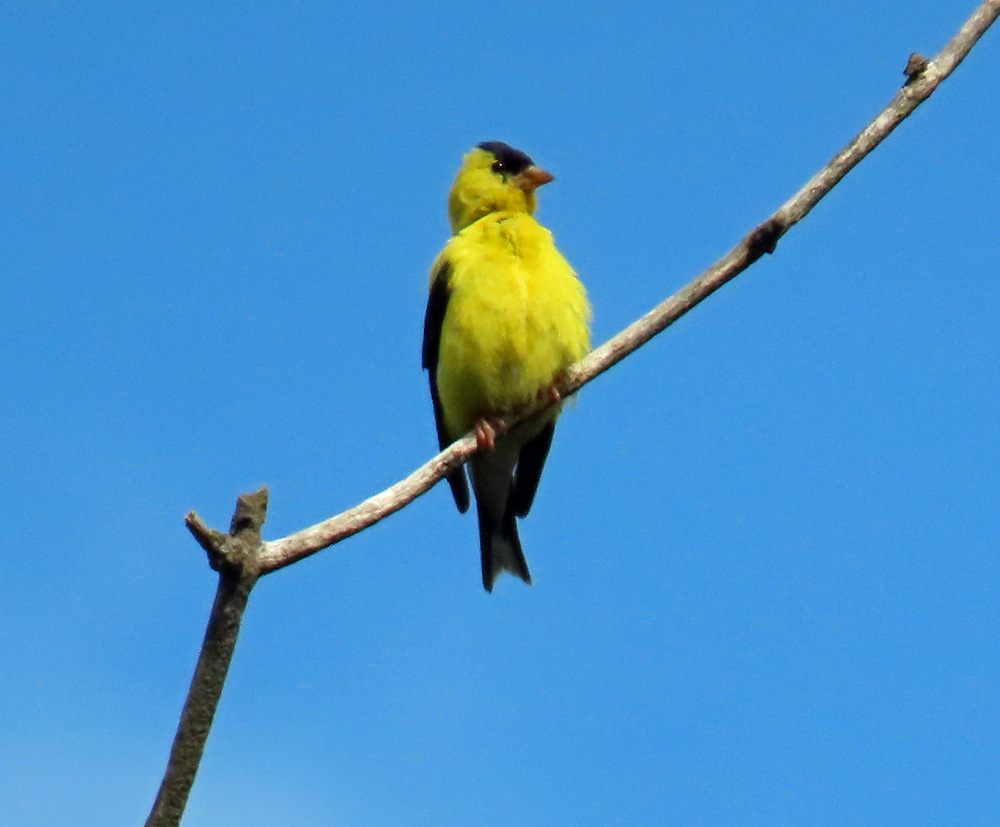
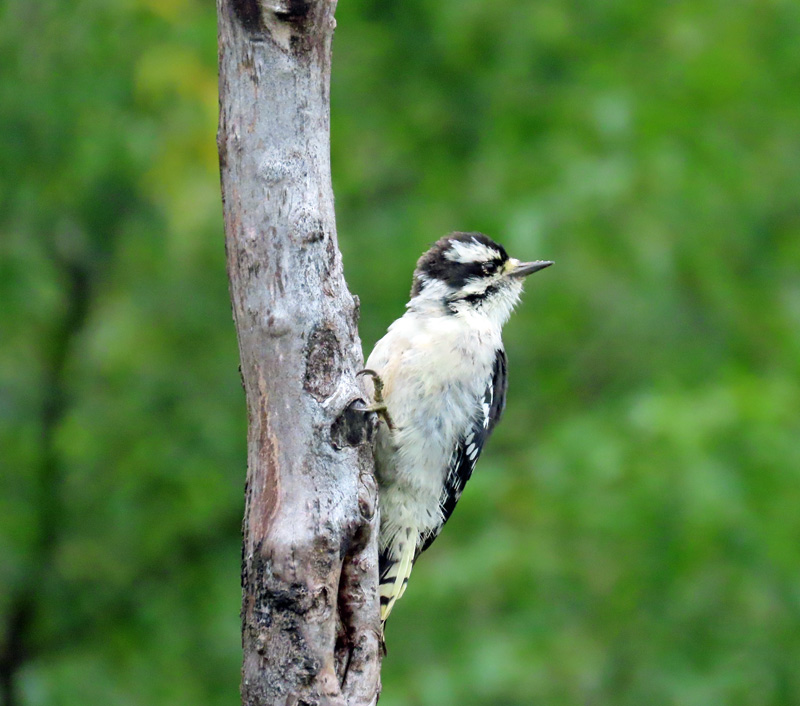
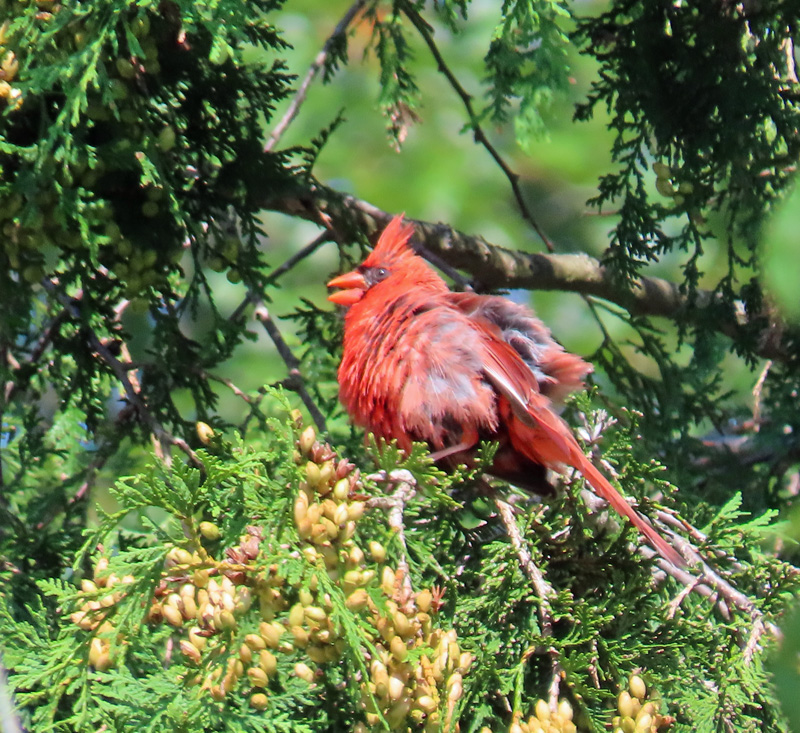
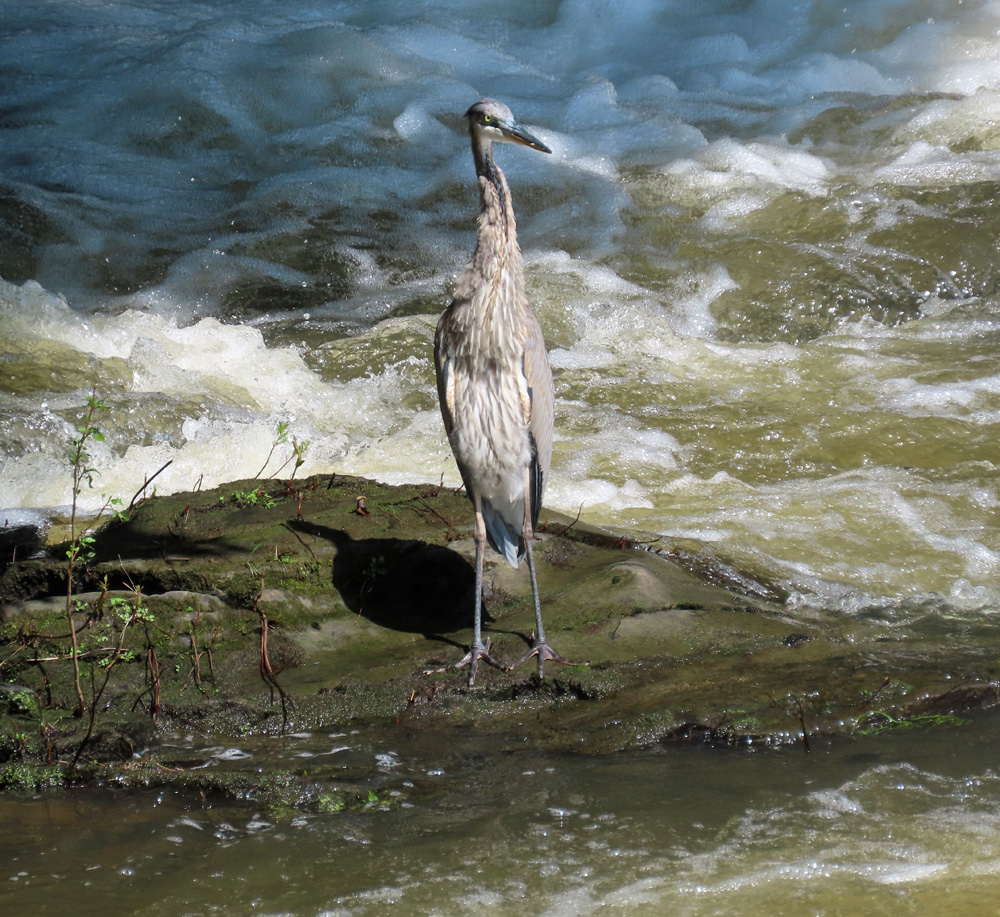
These are days when Vermont is great — nice air, sun, and a breeze — and some last looks at birds who’ll be heading out in the weeks ahead.

We took a three mile walk around town this morning — here are a few shots from our jaunt.




These are days when Vermont is great — nice air, sun, and a breeze — and some last looks at birds who’ll be heading out in the weeks ahead.
Over the past weeks, in spite of the challenges of foliage, I’ve managed to see a number of birds who are easy-to-hear but hard-to-see. The best example is the Red-eyed Vireo, who persistently calls from high in trees, rarely moving.
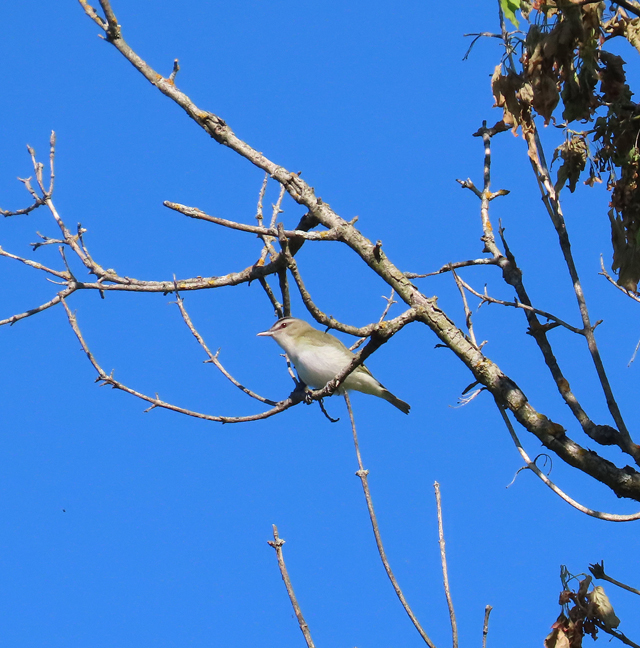
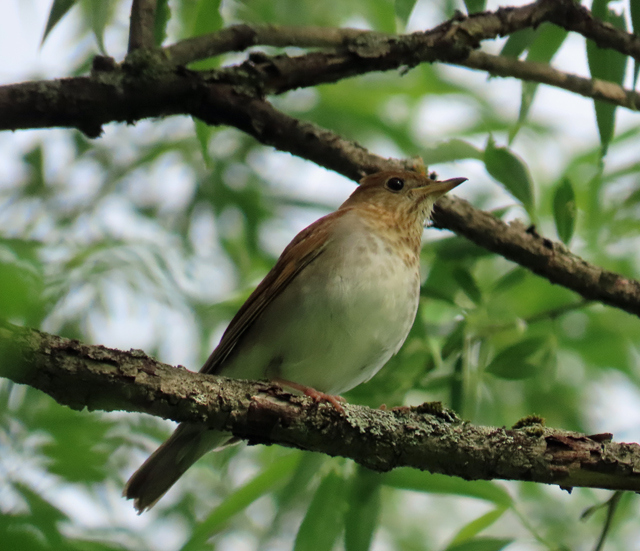
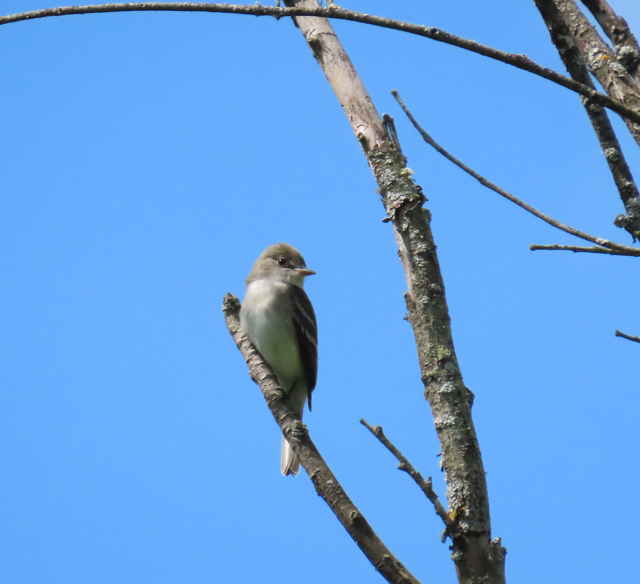
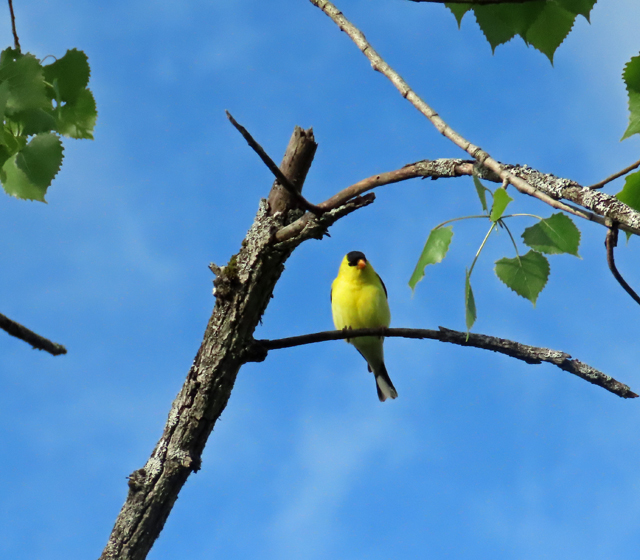
The other day, this bird was out back and lit in such a way that to me, it looked like an Orchard Oriole, which are rather uncommon here. Based on its song, I labeled it a Baltimore Oriole – still a nice summer bird.
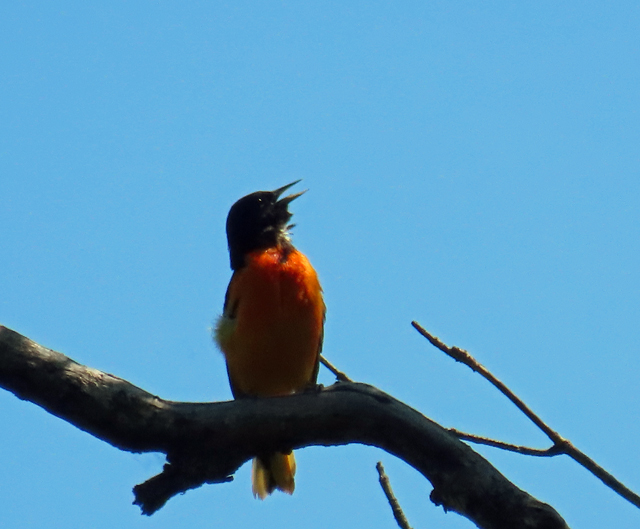
Lastly, I’ll leave you with a shot from yesterday which captures the reason we love getting out in Vermont on nice summer mornings. This in East Montpelier off Center Road.
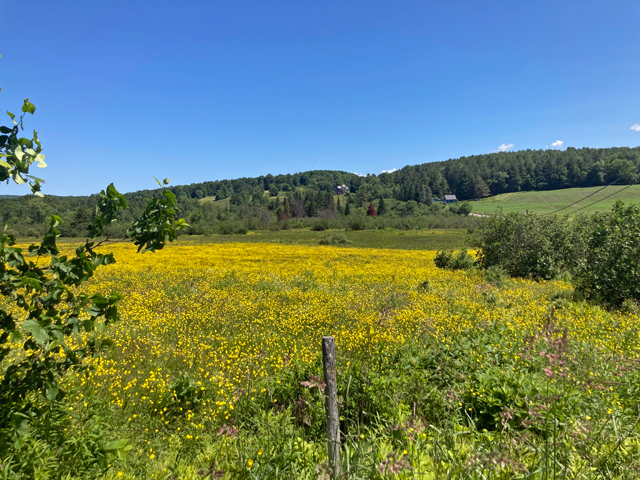
Things are pretty quiet these days in our woods as I walk the dog on our trails — aside for some deer watching us nearly every walk and numerous red squirrels and chipmunks, the activity has died off as birds prepare for migration and winter. The Chickadees are still chipping away and I watch them for visiting warblers honing in on their local knowledge. Blue Jays are as raucous as ever and lately, Red-breasted Nuthatches have been calling away as they forage.
There are some spots along the way where I have seen Common Yellowthroats all summer. They are still here but never sing and even chip less frequently. I can tell where they are from the movement of the bushes where they hide and every so often, get a glimpse of one — as the shot below illustrates.
 |
| A Common Yellowthroat hiding in the bushes. |
Song Sparrows are also still here but furtive in their movements. They no longer sing from the top of bushes but we have a nice crop of juveniles getting fattened up for their trip south. They tend to sit a little more cooperatively like this guy that I photographed a few days ago.
 |
| A young Song Sparrow |
It has been interesting watching the American Goldfinches at the feeder. Some have bright new plumage, others are pretty ratty looking as they molt. All seem to be loading up with food and I expect that soon their boisterous arrivals and departures — a spectacle of gold and black — will be out of here.
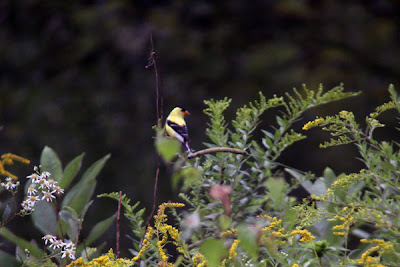 |
| Dozens of American Goldfinches adorn our backyard but they’ll be off before long. |
The White-Throated Sparrows don’t sing their “Peabody, Peabody, Peabody” call that livens up our woods all spring and summer but they are around with a new crop of youngsters. They may head out but we’ll have their northern cousins here all winter.
 |
| A White-Throated Sparrow hiding from the camera |
I read an interesting article on fall birds by Kenn Kaufman in the latest Bird Watcher’s Digest. I had never thought about the fact that many more birds migrate in the fall than the spring (due to the hatches during the spring/summer). Kenn notes that due to the foliage, the duller plumage, and lack of singing, that birding is much harder in the fall — and thus to some a welcome challenge, and to others — a “forget about it” time for birding. I’m going to take a hard try at picking out the warblers as they come through but I already know it’s going to be frustrating.